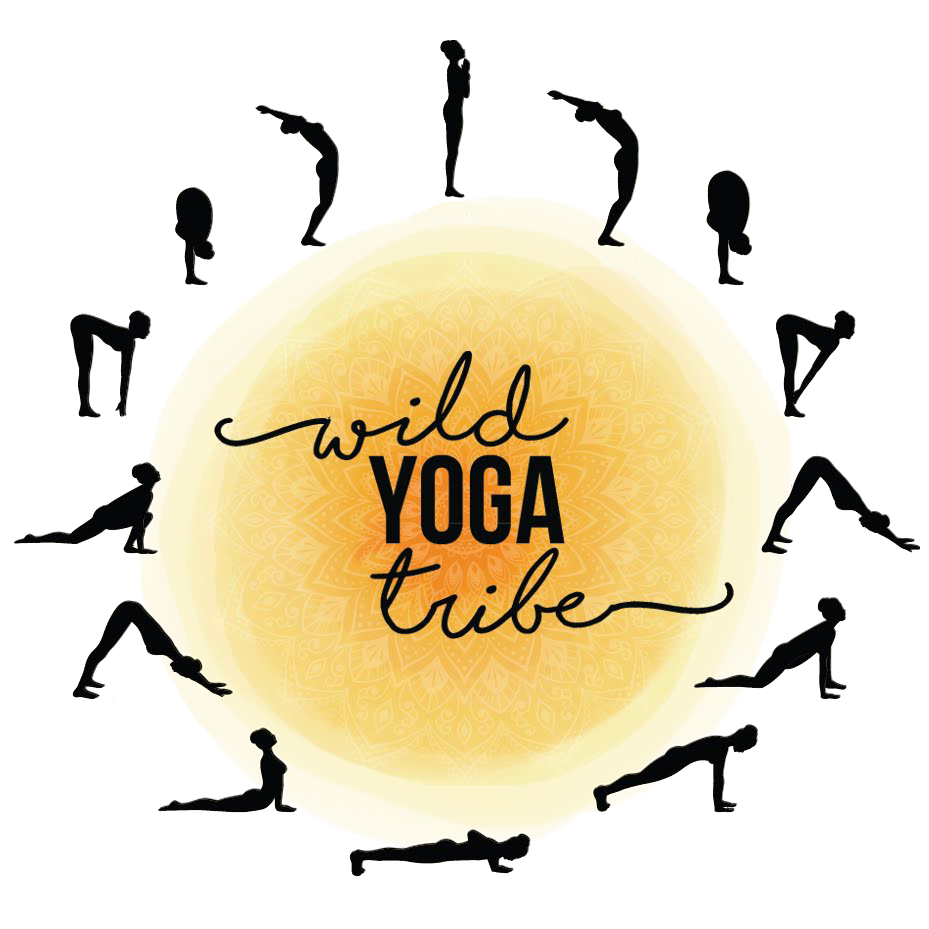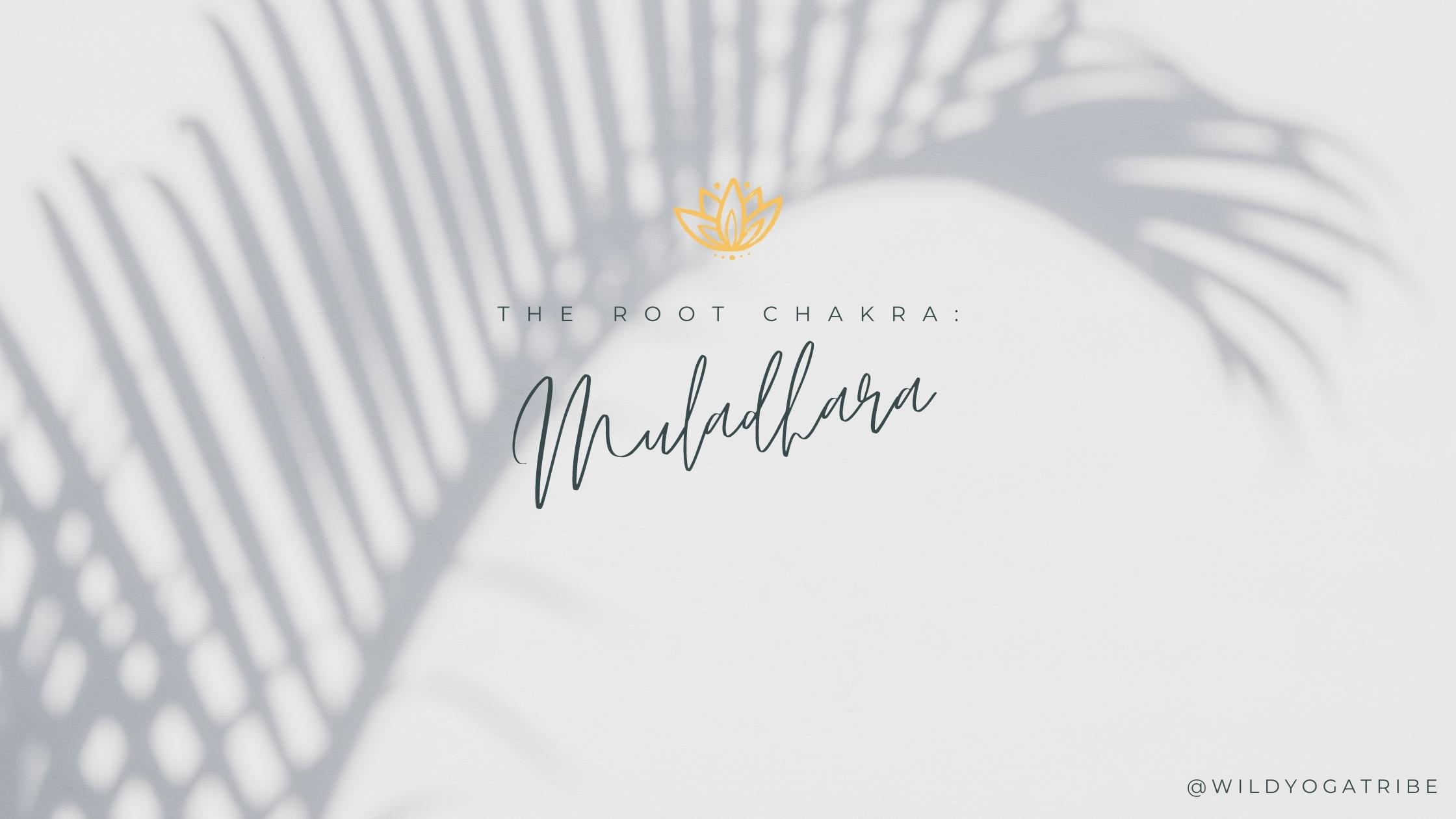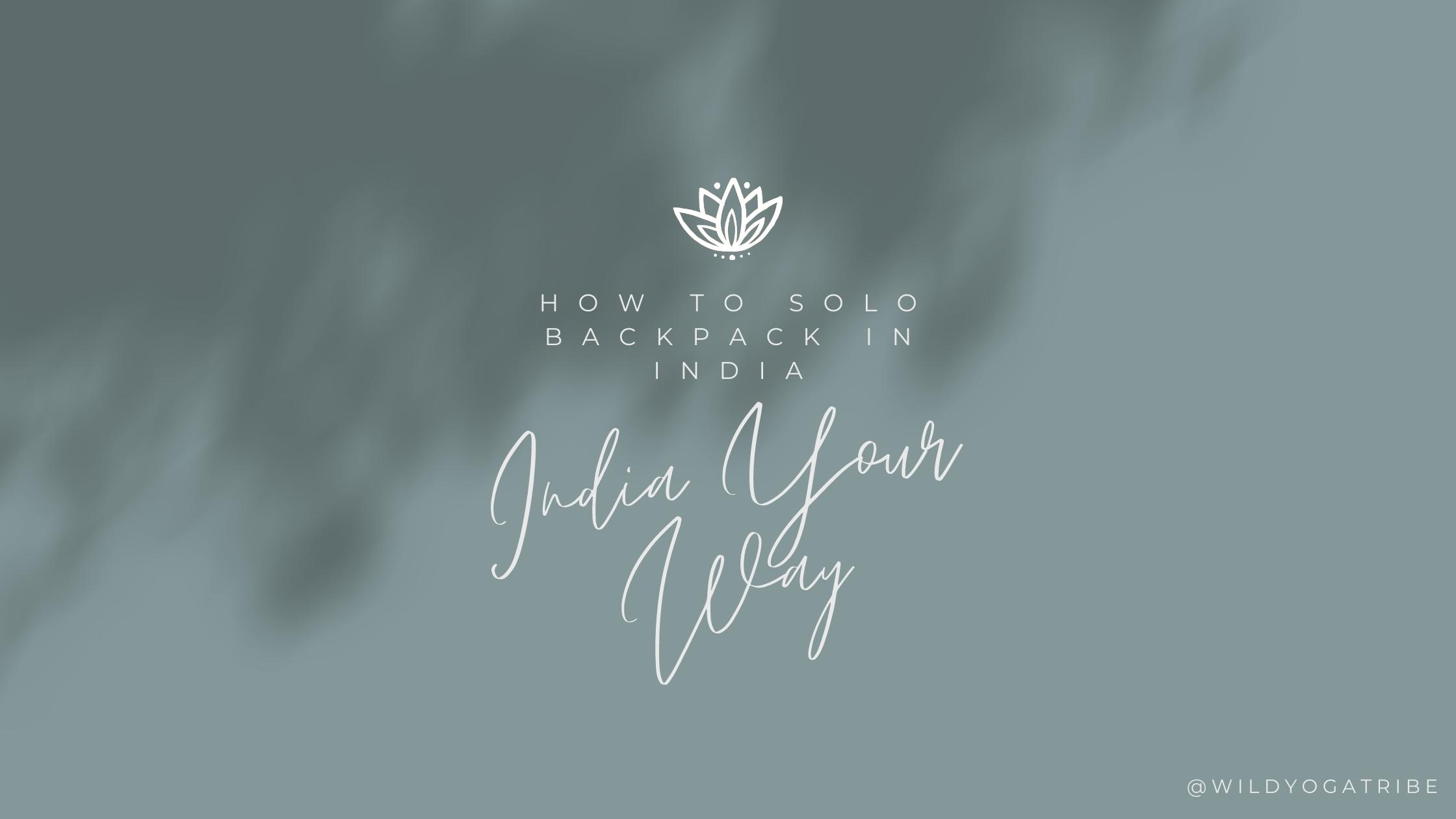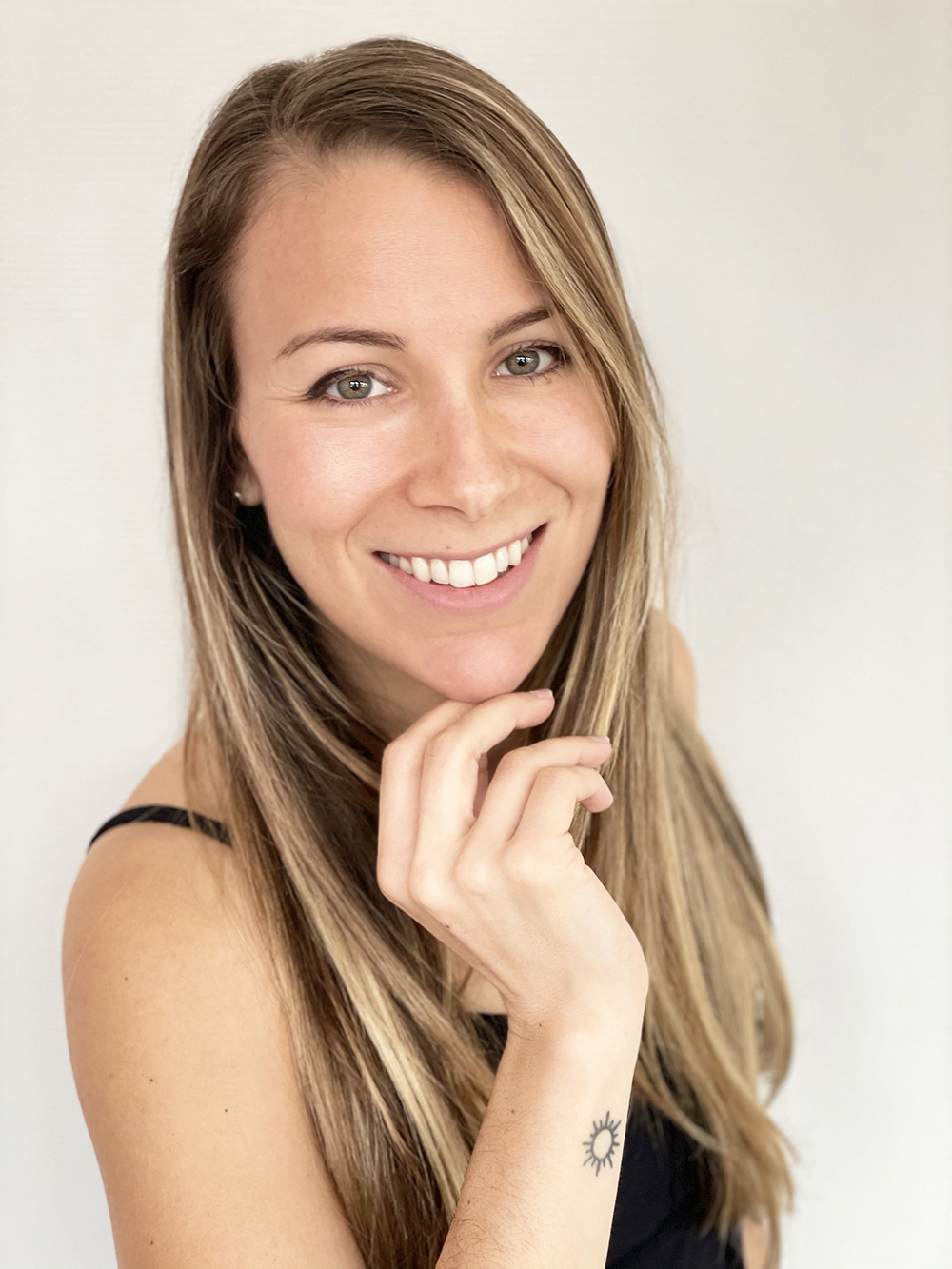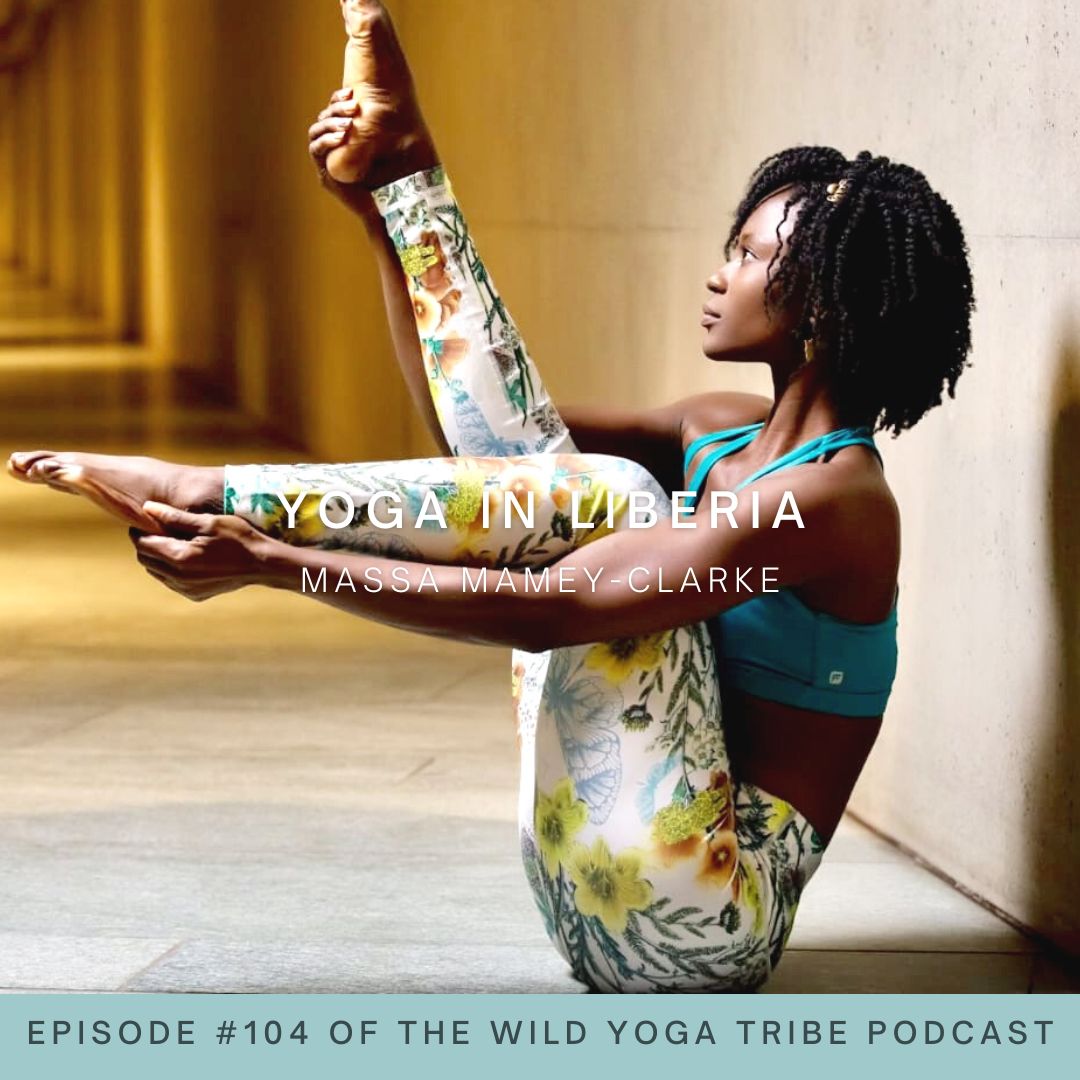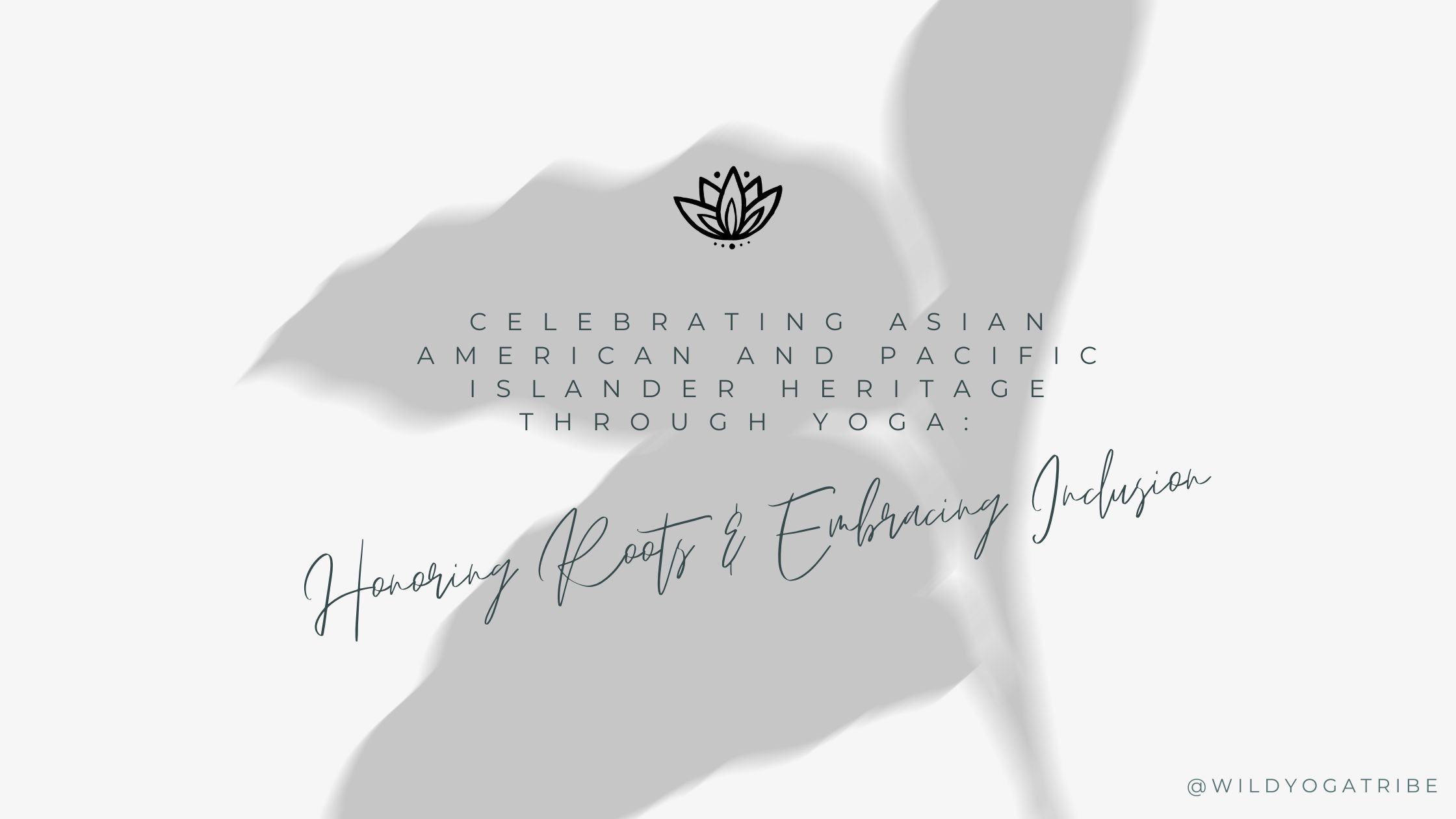
Asian Pacific American Heritage Month
May is Asian Pacific American Heritage Month! This month celebrates the lives, legacies, and heritage of Asian Americans and Pacific Islanders in the United States. First introduced in Congress in 1977 as a celebratory week, May officially became AAPI Heritage Month in 1990.
Historically, the month of May was specifically chosen to commemorate the first Japanese immigration to the United States on May 7, 1843. Similarly, the transcontinental railroad was completed on May 10, 1869. Many of the workers who diligently laid the tracks were Chinese Americans.
It is no secret that Asian culture is integrated into yoga; after all, yoga was first conceptualized in Asia! Throughout the centuries yoga has been cited as a major component of Asian culture. While yoga has been both adopted and adapted by Western culture, it is important to recognize the historical and cultural significance of keeping yoga true to its roots. Without Asian culture, practices, and heritage, there would be no yoga to practice or study!
Yoga in Asian Culture
Yoga is thought to have originated in India between 10,000 to 5,000 years ago. It’s one of the six schools of Hinduism philosophy. Additionally, Yoga is deeply tied to Buddhism. Those two religions and ways of life originate from Asian culture. Even the language of yoga, Sanskrit, is the root of Indian languages.
The Impact of Asian American and Pacific Islander Heritage
The entire world has a piece of Asian American and Pacific Islander heritage embedded in its soil. Beyond introducing the world to yoga and all its dynamic attributes, Asian Americans and Pacific Islanders have gifted the world with their artistry, music, sports, and activism. Asian American activists joined the frontlines to fight for proper rights behind labor laws. From haikus to the Lunar New Year, Asian American and Pacific Islander heritage has impacted the world’s culture, let alone America’s. Their contributions to American society date back to the 16th century (and counting).
Asian American and Pacific Islander Yoga Teachers
When it comes to championing Asian American and Pacific Islander voices in yoga, it’s important to always try to go directly to the source! Here are a couple of AAPI yoga teachers that are inspiring a new generation of yoga students and practitioners to continue the fight for diversity and inclusion in all yoga spaces.
Helen Lee is a seasoned veteran in the yoga community with over 20 years of yoga practice under her belt. Based in Chicago, IL, Lee was first introduced to yoga in Hawaii as a way to compliment her dance studies. She has taught in countries like Finland, India, China, and South Korea and studied chakra therapy, crystal healing, and even aerial yoga!
Ravi Dixit is an Indian yoga teacher based in London, striving to ensure that yoga in the Western world remains true to the original teachings of yoga. Dixit prides himself on making the authentic Indian traditional values of yoga easy for all his students to understand. He has hosted thousands of yoga teacher trainings all over the world. Dixit makes his classes dynamic for yoga students of all levels to enjoy and push themselves (yes even you!).
Tejal Patel is a first-generation Indian American who combines their yoga practice with social justice. Patel champions diversity and inclusion in all yoga spaces. Through her online yoga studio, Patel educates her students about the correlation between yoga and personal empowerment.
Rachel LaUlu is a Samoan yoga instructor from New Zealand. She feels thoroughly connected to her Samoan culture through the food, dance, and landscape of the island. She teaches around the island at beautiful hotels and resorts, sharing her knowledge with a variety of yoga students.
The Wild Yoga Tribe Podcast has plenty of episodes featuring Asian yoga teachers sharing their stories about their yoga journey, their definition of yoga, and what it’s like to practice in their country! Episode 74 of the Wild Yoga Tribe Podcast travels to Indonesia to talk to Rocky Ryu about spiritual energies and how yoga has flourished in Indonesia. Episode 76 of the Wild Yoga Tribe Podcast bounces over to Singapore to chat with Victor Chng about his own system of yin yoga training and incorporating Doaist philosophies into his practice.
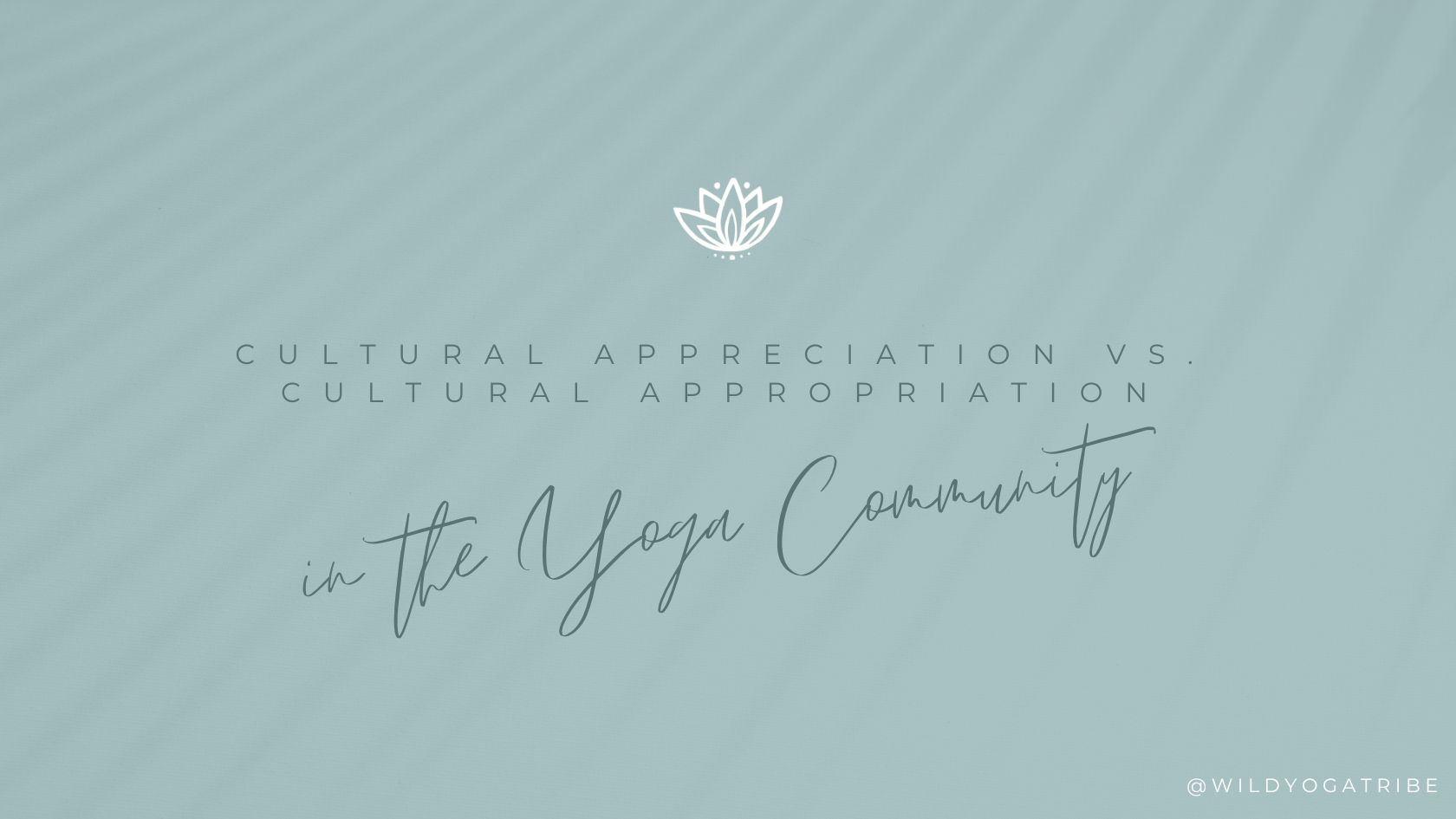
Cultural Appreciation vs. Cultural Appropriation in the Yoga Community
Yoga was adopted by the Western world, influencing a brand new audience to the teachings and ideologies of what yoga was intended to be. Throughout history, the authenticity of yoga has diminished in the Western world due to the erasure of Asian American and Pacific Islander yoga participants. Unfortunately, yoga has been whitewashed and gentrified to fit a certain audience’s aesthetic.
In some classes, certain elements of yoga like bells, chanting, symbols, and languaging has been completely erased from the learning material. These are cultural, ancestral, and spiritual aspects of yoga that deserve to be respected and learned about as they are indicative of authentic yoga. Cultural appropriation of yoga includes removing Eastern culture from yoga teachings.
Although yoga has been assigned a certain status in Western culture, it is important to remember that everyone and anyone can practice yoga. It’s even more important to culturally appreciate yoga for what it is. Cultural appreciation of yoga looks like learning its deep history and uplifting yoga teachers that delve into the genuine roots of yoga. Stepping outside of your direct scope of what yoga is in America will guide you uncovering more about yoga and Asian history to embrace a broader understanding of yoga beyond Western interpretations.
The yoga community must address the issue of cultural appropriation and strive for cultural appreciation. By recognizing and respecting the cultural, ancestral, and spiritual aspects of yoga, we can restore its authenticity and ensure its true essence is preserved. In our journey towards cultural appreciation, we must acknowledge our imperfections and strive to do better, creating a space where all can practice yoga while honoring its origins.
We can all do a better job, including us here at the Wild Yoga Tribe, of being aware of how to make sure we are practicing cultural appreciation, not cultural appropriation. We aren’t perfect – but we all can try, and continue to try to do better!
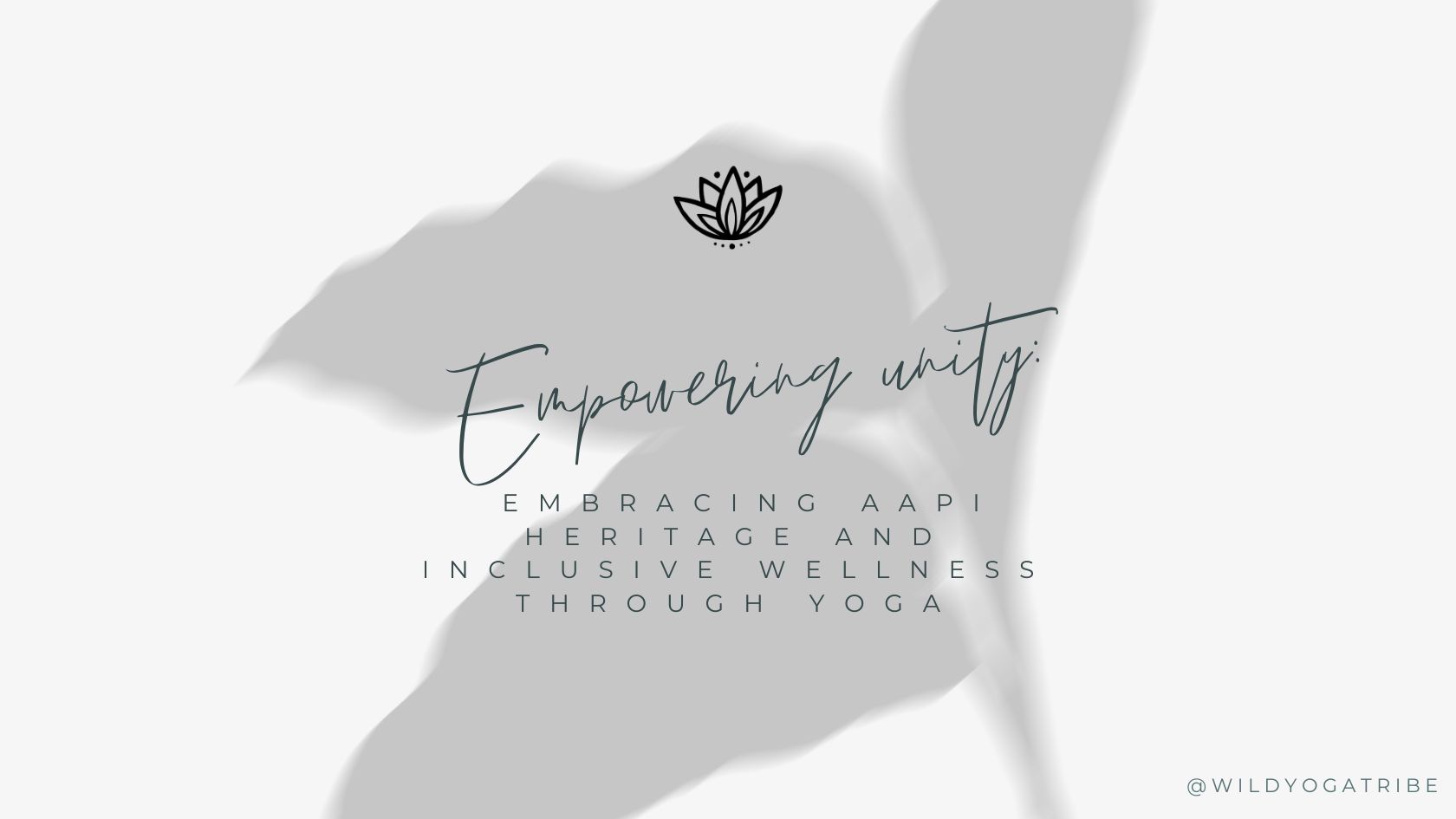
Empowering Unity: Embracing AAPI Heritage and Inclusive Wellness Through Yoga
When it comes to Asian American and Pacific Islander heritage and history, it’s apparent that yoga has played an integral part to sharing the culture with the world. Asian Pacific American Heritage Month celebrates the rich lives, legacies, and heritage of Asian Americans and Pacific Islanders in the United States. Throughout history, May has held significant milestones, such as the first Japanese immigration and the completion of the transcontinental railroad, both events involving Asian Americans.
Yoga, deeply rooted in Asian culture and history, stands as a testament to the contributions of Asian Americans and Pacific Islanders. As a practice that originated in India and holds ties to Buddhism, yoga showcases the profound impact of Asian culture on the world. In the realm of yoga, AAPI teachers like Helen Lee, Ravi Dixit, Tejal Patel, and Rachel LaUlu inspire a new generation of practitioners, emphasizing diversity and inclusion.
Asian American and Pacific Islander heritage has greatly enriched the world, with yoga serving as a profound bridge between cultures. By embracing this heritage and celebrating its contributions, we foster a more inclusive and interconnected global community.
Thank you for reading this blog, and for your interest in supporting diversity, equity, inclusion, and belonging in yoga and beyond!
